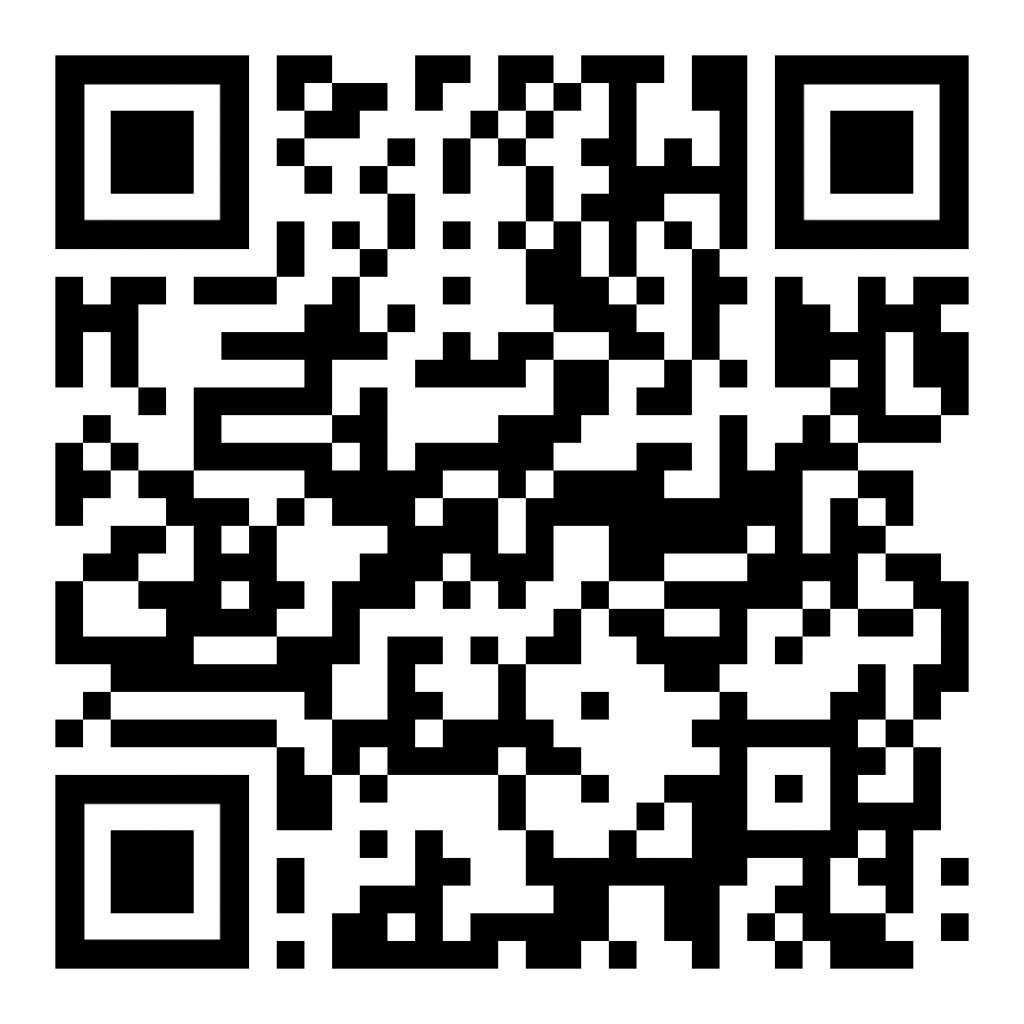Fostering Respect: Empathy Mapping
Watch the following video about emotional intelligence (EQ), a skill increasingly recognized as an essential in policing, transforming how officers interact with their communities, manage high-pressure situations, and take care of their mental health.
Don't have time to watch this now? Add the Youtube Video to your "Watch Later" list or scan this QR code to watch it later!

Instructions:
- Select a Situation (5 minutes):
Think of a recent interaction or situation where respect may have been strained—whether with a colleague, a civilian, or even in a family or personal context. Choose one specific situation that you’d like to reflect on. - Create Your Empathy Map (5-10 minutes):
Draw a simple empathy map, either on a piece of paper or in a digital format, with four quadrants:- What were they thinking?
Reflect on what the other person in the situation might have been thinking. What might have been going on in their mind during the interaction? Try to put yourself in their shoes and consider their possible thoughts. - What were they feeling?
Consider what emotions the other person might have been feeling. Were they frustrated, scared, anxious, or upset? Write down your reflections on their emotional state during the situation. - What did they hear or see?
Reflect on what information the other person might have received or perceived. What external factors might have influenced their emotions and actions (e.g., tone of voice, body language, environmental stressors)? - What did they need?
Think about what the other person might have needed in that moment. Were they seeking validation, understanding, clarity, or support? What might they have required to feel respected and heard?
- What were they thinking?
- Take a few minutes to fill in the map, writing down your thoughts for each section.
- Reflect on Your Own Perspective (3-5 minutes):
Now that you’ve mapped out the other person’s possible thoughts, feelings, and needs, reflect on your own perspective during the interaction.- What were your feelings, thoughts, and needs in that moment?
- How might your emotions or reactions have impacted the other person?
- Write a brief summary of your own perspective and compare it with the empathy map you created for the other person.
- Consider Next Steps (5 minutes):
Reflect on the following questions based on your empathy mapping:- How could you have responded differently to acknowledge the other person’s emotions and needs?
- What steps could you take in future interactions to foster more respect and understanding?
- How can empathy be integrated into future conversations to promote better communication and respect, especially in high-stress situations?
- Write down one actionable step you can take to apply empathy in your upcoming interactions.
Reflection Questions:
- What new insights did I gain from viewing the situation from the other person’s perspective?
- How can I practice more empathy in my daily interactions to foster respect and understanding?
- What specific changes can I make in my responses to create a more respectful and compassionate environment, especially in challenging situations?